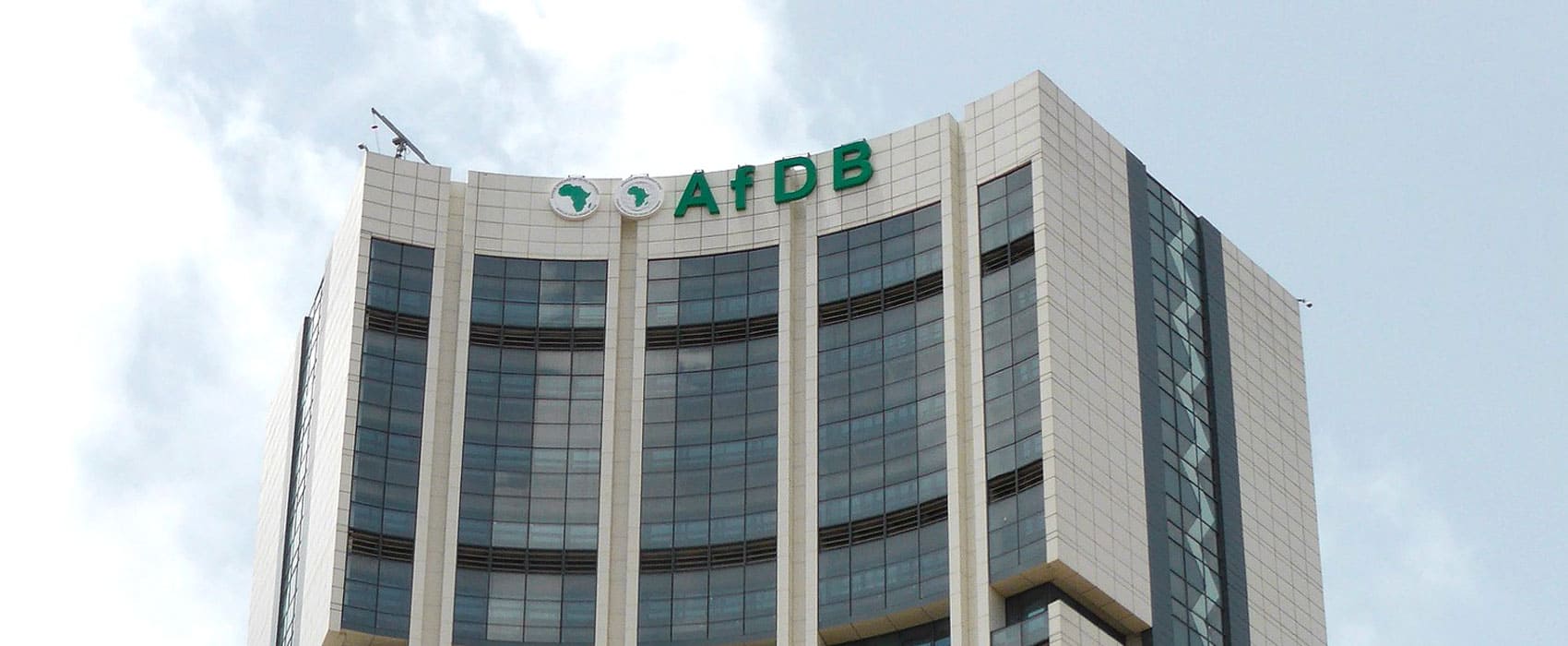Special economic zones (SEZs) are mushrooming in Africa and while many challenges lay ahead, these zones have shown considerable potential for they can play a tremendous role in the development of the African continent.
Policymakers all across Africa have increasingly resorted to SEZs with the aim of turning around their countries’ economic fortunes, as they are expected to deliver greater innovation, exports, knowledge and technological spillovers. They were first rolled out in Africa in 1970, starting in Mauritius, followed by Ghana and Senegal towards the end of the decade. According to UNCTAD’s Handbook on Special Economic Zones in Africa, by 2020 there were 237 SEZs in Africa in 38 of the continent’s 54 countries.
However, there are many examples where SEZs have not worked and the expected investment has not materialized, says Amelia Santos Paulino, who led the writing of the UNCTAD report. “With few exceptions, the performance of African SEZs has so far been below expectations,” says the report. “Although relatively low performance of SEZs is not uncommon, the trajectory of most African SEZs contrasts with experiences of zone development in East Asia and in some Latin American countries.”
Another report titled ‘The Challenge of Developing Special Economic Zones in Africa’ written by experts at the London School of Economics (LSE) points to case studies from Ethiopia, Morocco and South Africa, which suggest that those African SEZ programs that have a well-targeted strategic focus, promote institutional collaboration and take a proactive approach to create linkages with the local economy are more likely to succeed.
The case in point is Morocco whose SEZs have consistently ranked in the top zones both in Africa and globally. The Tangier Med Zone, for example, ranked 2nd world economic zone in 2020 after Dubai’s Multi Commodities Center in the Financial Times’ FDI Global Free Zones of the Year 2020.



